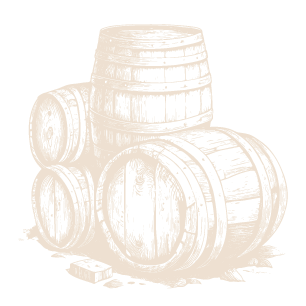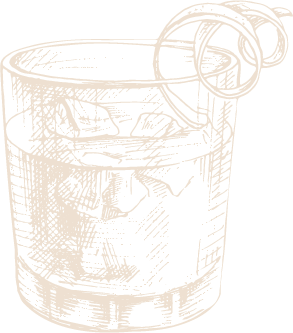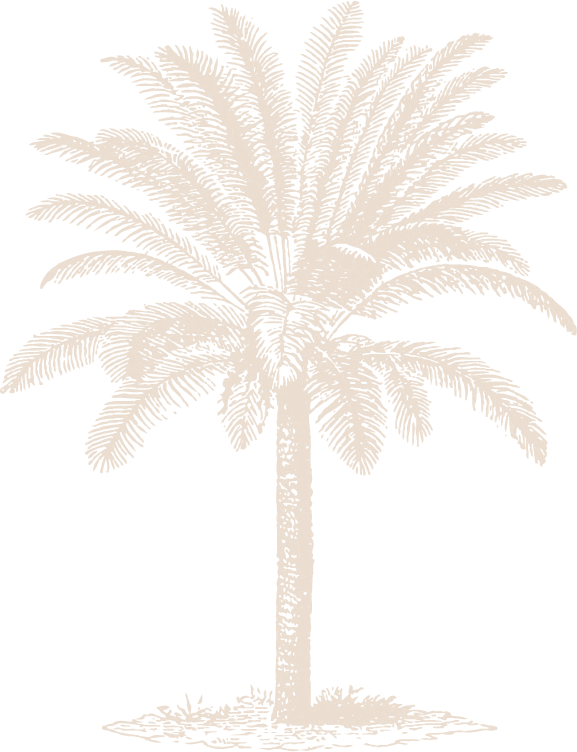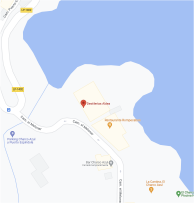
Sugar: the valued crop of the Canary Islands.
The Canary Islands have always enjoyed great prestige in the sugar industry As early as the 15th century, the European bourgeoisie had already been enjoying delicacies made from Canary Island sugar. However, the production of the famed product on the islands was costly, laborious, and increasingly uncompetitive with the large plantations that proliferated in America after the arrival of the first sugar canes to the new continent on Christopher Columbus’ expedition. l

Don Manuel Quevedo Alemán: a destiny linked to the rum tradition.
Although sugar cane was gradually losing its presence in the archipelago, Gran Canaria was always an island that kept sugar cane cultivation as a fundamental part of its economy. Perhaps the fact that he was born on the island is what always kept the destiny of Don Manuel Quevedo Alemán (1872-1968) linked to the sugar and rum tradition.
Quevedo’s family already owned the sugar factory in Bañaderos but even with that, at the age of 16, the young Manuel decided to set sail for the Americas to enrich his knowledge in Cuba and Puerto Rico. On his return to Europe in the early years of the 20th century, the island’s farms had already passed into the hands of large European landowners who saw the Canary Islands as a virgin and highly valued agricultural territory. This is how Mr. Manuel Quevedo Alemán began to work, first as a master sugar and rum maker for Mr. Juan M. Laecock in Gran Canaria and later for Enrique Figueroa Dasilva, who bought all of Laecock’s assets and moved them to Madeira, where Quevedo would manage the Portuguese financier’s industry and continue to accumulate experience in rum distilling until 1934.

La Aldea de San Nicolás de Tolentino: the birthplace of Ron Aldea.
From the start of the distillery, its owner always had in mind to do things differently, apply the knowledge acquired during his years of emigration and promote the direct distillation of the cane juice. This approach, widespread in some Caribbean islands, is not the norm in other rum-producing regions because it is less profitable and efficient. But the subtlety of aromas and nuances – typical of sweet cane – cannot be achieved by making rum with molasses.l

The secret of guarapo.
It is true that the use of molasses can increase the volume of rum obtained, but the product ends up being simpler. On the other hand, making rum solely from the liquid extracted from the first press of the sugar cane gives it extra value. Greenish in colour, the cane juice, or guarapo, retains a high content of vegetable aromas and a pleasant sweetness typical of the cane. Don Manuel preferred the product over business: less rum but much richer in nuances, aromatics and intensity. The risky gamble had its effect: in little more than fifteen years, Ron Aldea went from nothing to a 200,000 litre production, proving that the idea of making a different kind of rum in the Islands was possible.

From Aldea de San Nicolás to San Andrés y Sauces
Despite making more and more rum, the distillery was facing increasing difficulty in obtaining sugar cane. The supply of sugar cane always came from small farmers and local harvesters, many of whom, during the Second World War, were forced to abandon the crop in favour of essential products such as tomatoes. Thus, in the mid fifties, Carmelo Quevedo, D. Manuel’s son, took over the family business and decided to move the distillery to San Andrés y Sauces, on the island of La Palma, where the sugar cane plantations and the sugar industry were still untouched.l
The third generation of a saga of rum masters.
The beginnings on La Palma were not simple. Carmelo Quevedo had moved to the island, although his family remained in Gran Canaria. Running the business away from the family was not easy, even less so in those years when comuting from one island to the other was neither easy nor economical. But the effort paid off: the picturesque site chosen to establish the new distillery, on a steep cliff overlooking the sea, surrounded by sugar cane plantations, would not only become an icon of the Island and the Islands’ rum industry; it would also play a fundamental role in the process of elaboration and maturation of the brand’s new rums.
In 1969, the family finally reunited in La Palma and José Manuel Quevedo Hernández, son of Mr. Carmelo Quevedo, joined the business, keeping the family tradition alive and ensuring that the cane juice rum would continue to run through the Quevedo’s veins.
The current generation: mastery and legacy for the future.
For fifty years, and through three generations, the Quevedos’ main occupation was to produce a quality product, agricultural and different from other rums made in the islands, but always supplying a more or less close circle of neighbours. However, the arrival of the new “vintage” of Quevedos in the family business brought a new perspective.l
In the early 1990s, the distillery began to have three new members of the family saga in active service: the children of José Manuel Quevedo Hernández, José Manuel, María Jesús and María Montserrat. Since they were children, the fourth generation grew up with the family trade in a most natural manner: running among sugar cane plantations, playing next to the mill or hiding among rum barrels. Yet always observing their father’s mastery and sacrifice in working with the same still as his great-great-grandfather had done seventy years before.l
Absorbing the family heritage from childhood and witnessing the respect for the authentic rum tradition of the Quevedo family have left a strong mark on the current generation. l
The siblings’ work side by side has favoured a second life for Aldea rum: from the production of new aged rums and small limited editions, to the brand’s presence in XXX international markets, where in 2020 it won a gold medal at the London Spirits Competition.l
Rum runs through the veins of the Quevedo family as much or more than it did in previous generations. And we hope that soon, it will also run through the veins of the next generation.l

Where to find us:
Camino el Melonar, 19
38729 Charco Azul
La Palma Island
Responsible: Aldea Distilleries S.L. ronaldea@destileriasaldea.es
Purpose: Management of the query, request or suggestion sent by the interested party.
Legitimation:Your consent and legitimate interest to be able to respond to the request.
Additional Information: Consult the additional and detailed information on Data Protection in our Privacy Policy

